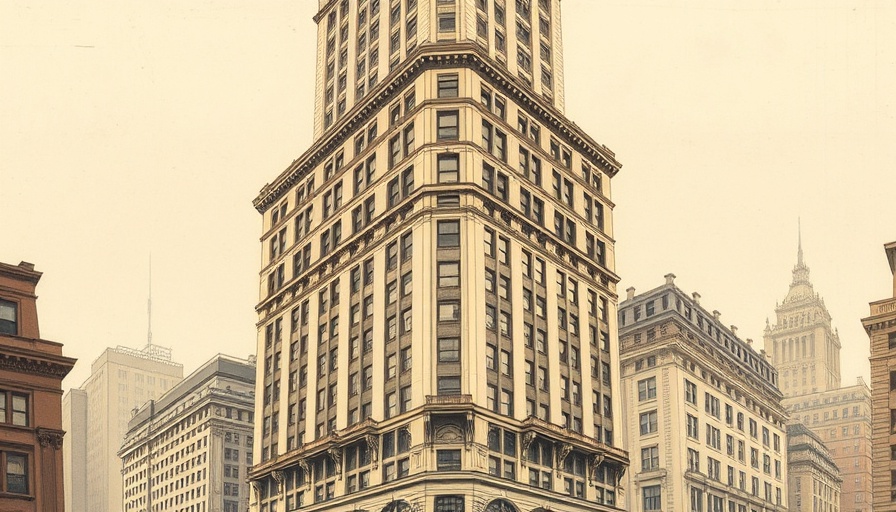
The Central Park Conservancy's Bold Move
The Central Park Conservancy has made headlines by urging city leaders to enact a ban on horse-drawn carriages in the iconic park. This significant shift comes in light of tragic incidents that resulted in the deaths of two carriage horses. The Conservancy, which plays a crucial role in managing Central Park, has historically maintained neutrality on this issue but has now decided that the health and safety of park visitors are paramount.
The Emotional Response of the Public
Central Park, known for its tranquil beauty, has always had an inseparable link with horse-drawn carriages, dating back to the 19th century. These carriages have long been a source of nostalgia and romanticism, but the recent accidents involving horses have sparked considerable outrage among animal rights activists. Many New Yorkers are torn between the desire to preserve a cherished tradition and the urgent need to consider animal welfare and public safety.
The Impacts of the Carriage Trade on Central Park
The Conservancy's letter not only addresses the incidents that led to its position but also outlines the broader implications of allowing carriage horses to continue operating. CEO Elizabeth W. Smith highlighted the degradation of park infrastructure due to the heavy carriages, signaling a need for change. As visitation to Central Park reaches record numbers, the conflict between tradition and modern sensibility becomes more pronounced.
Ryder’s Law: A Pivotal Moment for Animal Rights
Named after a horse that tragically collapsed in Hell’s Kitchen, Ryder’s Law seeks to regulate the fate of horse-drawn carriages in New York City. As discussions unfold in the City Council, the call for legislative changes has taken on a new urgency. The law aims to protect both animals and park-goers, emphasizing the need for systemic reform rather than a simple ban.
Concluding Thoughts: A Call for Action
The debate surrounding horse-drawn carriages encapsulates broader issues of ethics, tradition, and public welfare. As the Central Park Conservancy takes a stand against this long-standing practice, New Yorkers are encouraged to consider the implications of this shift. What future do we envision for Central Park? The answer may lie in our collective action and advocacy for responsible legislation like Ryder’s Law, paving the way for a safer environment for all.
 Add Row
Add Row  Add Element
Add Element 



Write A Comment